McLaren Elva extreme new roadster, with 800 horsepower, designed for Ultimate driving enjoyment.
McLaren Automotive reveals its new Ultimate Series roadster, the McLaren Elva. As the brand’s first open-cockpit road car, the Elva adds a new dimension to the range-topping Ultimate Series lineage. Like its McLaren P1TM, McLaren Senna and Speedtail predecessors, volume of the new McLaren Elva will be strictly limited: just 399 are being offered for customer order.
The new McLaren Elva is a ferociously fast open-cockpit car; an extreme two-seater with a bespoke carbon fibre chassis and body but no roof, no windscreen and no side windows. With every sensory input heightened, this is a car that exists to provide unparalleled driving pleasure on road or track.
The Elva name celebrates the renowned Bruce McLaren-designed M1A and McLaren-Elva M1A [Mk I], M1B [Mk II] and M1C [Mk III] of the 1960s. Produced as ‘customer’ versions of the innovative and exciting Group 7 McLaren race cars, the McLaren-Elva sportscars embodied many of the pioneering design and engineering principles that are integral to the McLaren road cars produced today.
Mike Flewitt, CEO, McLaren Automotive, said:
“McLaren continues to push the boundaries of supercar and hypercar development in pursuit of outstanding and unparalleled driving experiences for our customers and the McLaren Elva epitomises that pioneering spirit. The McLaren-Elva M1A [Mk1] and its successors are in many ways the true spiritual forerunners of today’s McLarens – superlight, mid-engined cars with the highest levels of performance and dynamic excellence. It’s fitting that the new McLaren Ultimate Series roadster – a uniquely modern car that delivers the ultimate connection between driver, car and the elements and with that new heights of driving pleasure on road or track – acknowledges our rich heritage with the Elva name.”
A 4.0-litre, twin-turbocharged McLaren V8 from the same family of engines that powers the McLaren Senna and Senna GTR combines with the lightest vehicle weight1 of any road car produced by McLaren Automotive to give the superlight new Ultimate Series roadster truly breathtaking performance across the board, with extraordinary levels of acceleration, agility and driver feedback.
The appearance of the McLaren Elva is as striking and unique as the driving experience. The low nose and pronounced front fender peaks provide visual drama and at the same time enhance forward vision. Large, carbon fibre rear fenders flow from the front of the door to the rear deck, while the height of the twin rear buttresses is minimised by using a deployable roll-over protection system.
Helmets can be worn if preferred, but the form and sculpture of the upper cabin wraps around the driver and passenger to provide a secure environment. A fixed windscreen derivative of the car is also available for most markets as a factory option.
World-first aero protection
A true connection with the elements is integral to the McLaren Elva driving experience but that hasn’t stopped McLaren innovating a world-first, the Active Air Management System (AAMS) to enhance driving pleasure. The system channels air through the nose of the Elva to come out of the front clamshell at high velocity ahead of the occupants before being directed up over the cockpit to create a relative ‘bubble’ of calm. The system comprises a large central inlet situated above the splitter, a front clamshell outlet vent and a discreet carbon fibre deflector that raises and lowers vertically; when the AAMS is active, the deflector is deployed at the leading edge of the bonnet outlet, rising 150mm into the freestream to create a low-pressure zone at the vent.
The vented air is directed through a 130-degree radius, using a network of transverse and longitudinally mounted carbon fibre vanes across the bonnet outlet; distributing the airflow both in front of and along the side of the cabin further assists air management in the cabin environment. At urban speeds, when the level of airflow into the cabin means the AAMS is not needed, the system is inactive. As vehicle speed increases, the AAMS automatically deploys and remains active until speed reduces, at which point the deflector retracts. The system can also be button-deactivated by the driver.
Images credit McLaren
source McLaren

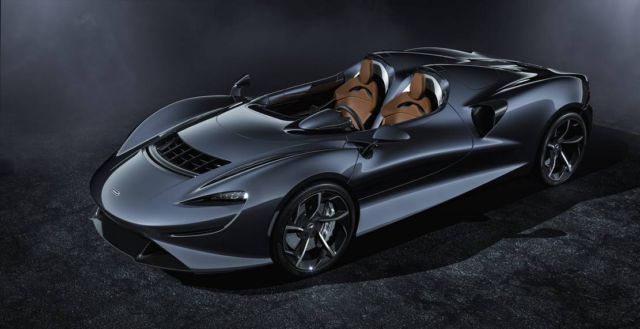
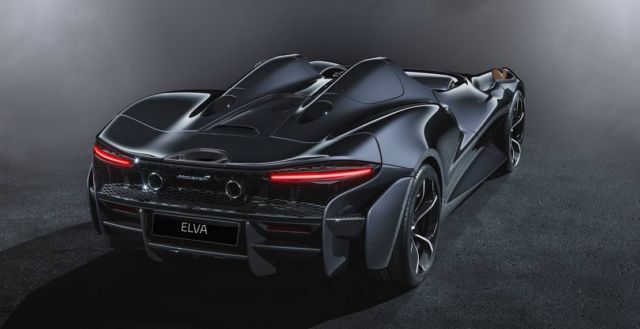
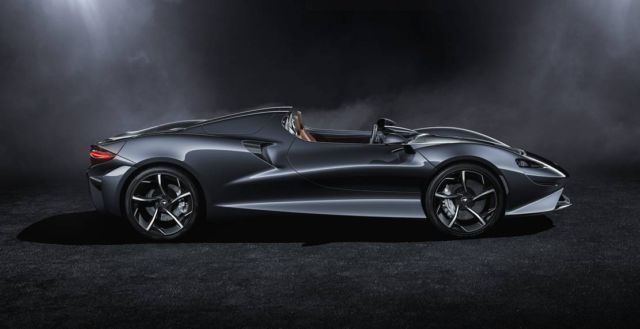
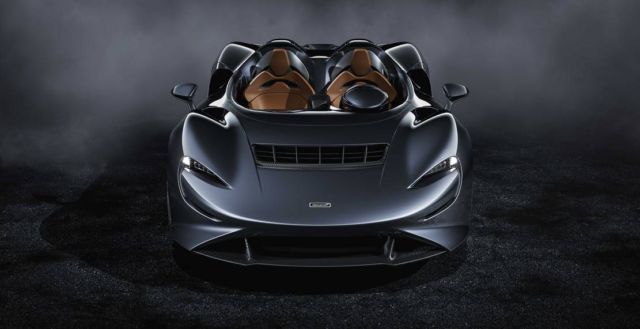
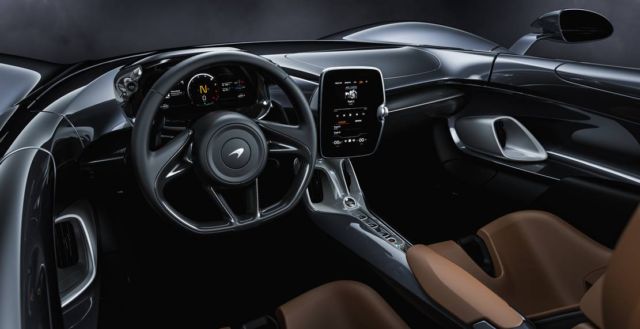
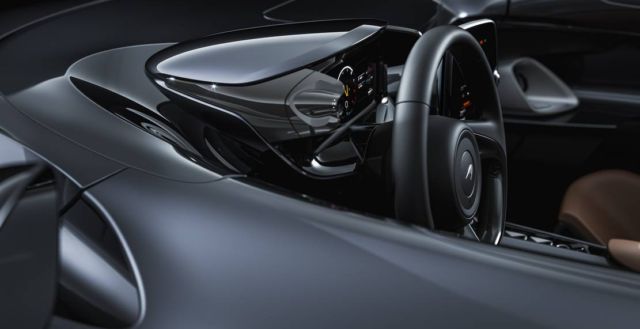
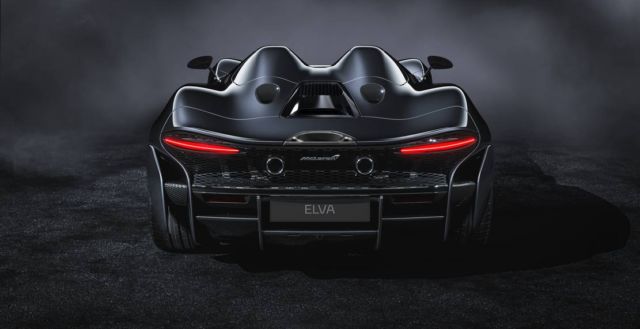
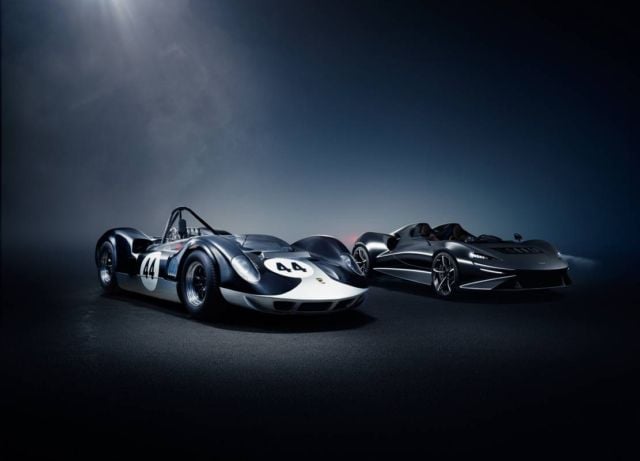
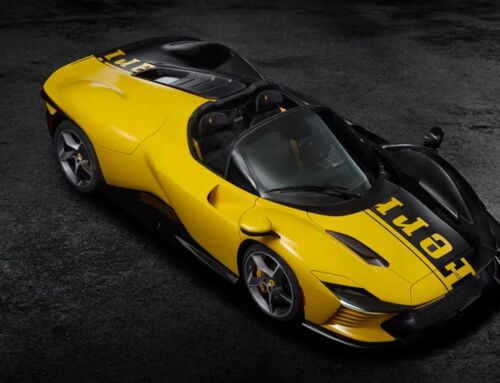
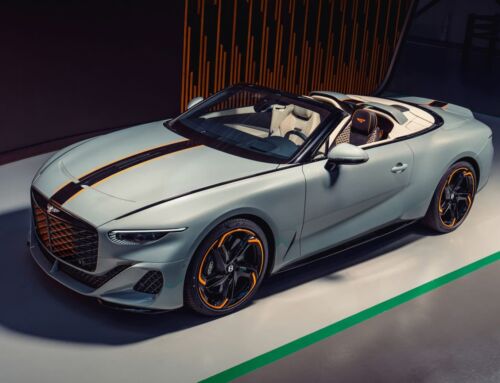


Leave A Comment